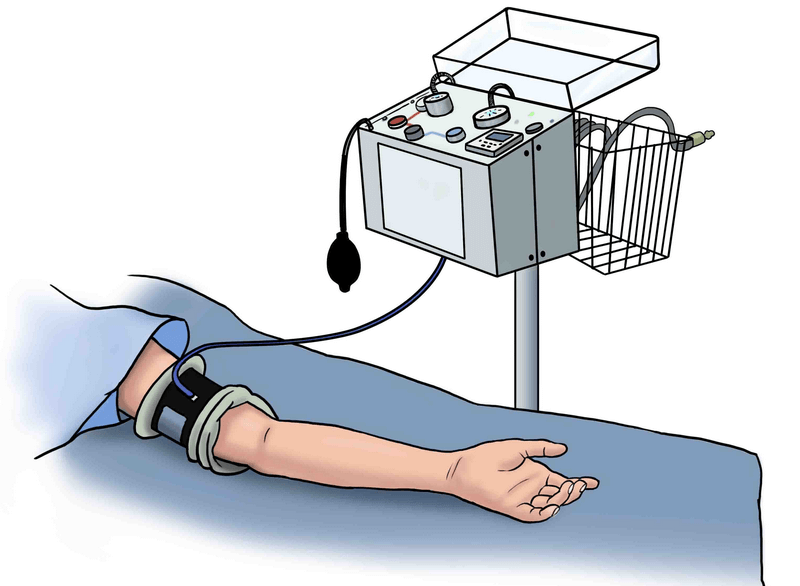Synonym: Pressure paralysis Mechanism: Direct extrinsic pressure (displacement of ranvier node) or axonal hypoxia on the nerves beneath the tourniquet and are related to the cuff pressure and duration of application.\ It is different from post tourniquet syndrome which caused due to combined effect of muscle ischemia, edema and microvascular…
Tag: Anesthesia
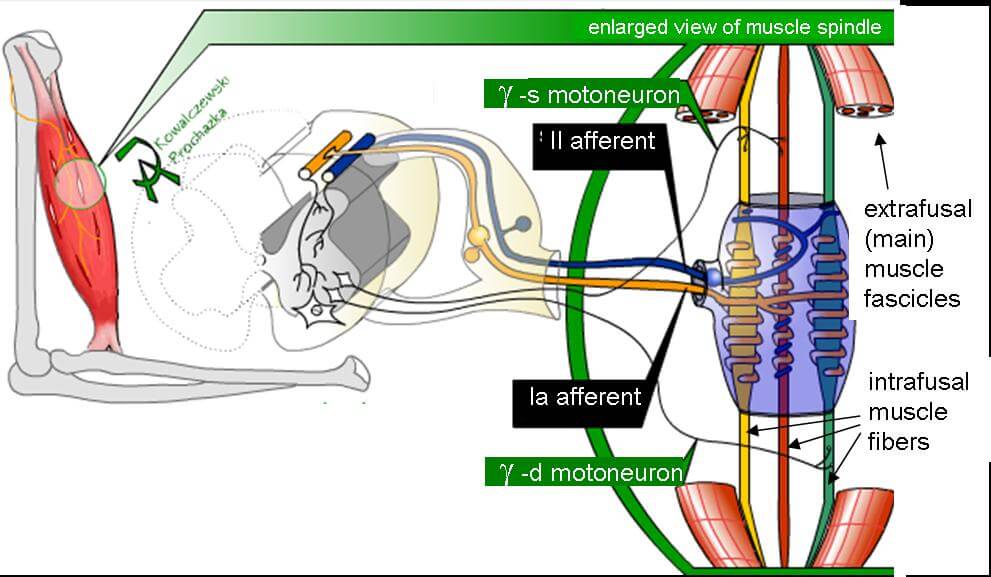
Nerve fibers – Classification
Nerve fibers can be classified as A, B and C and A type fibers can be further classified into alpha, beta, gamma and delta. The size and myelination (thus conduction) progressively decreases in the descending order. A alpha: Efferent (Somatic motor) – To extrafusal fibers (muscle spindle) Afferent (Proprioception): Ia…

Complex Regional Pain Syndrome (CRPS)
Synonyms: CRPS, Sudeck’s atrophy, Reflex sympathetic dystrophy, RSD, Causalgia Chronic regional pain syndrome (CRPS) is a persistent neuropathic pain syndrome of an inappropriate intensity due to sustained sympathetic activity with the absence of impending or ongoing tissue damage. There are 2 types of CRPS: Type 1 (Sudeck’s atrophy or Reflex…
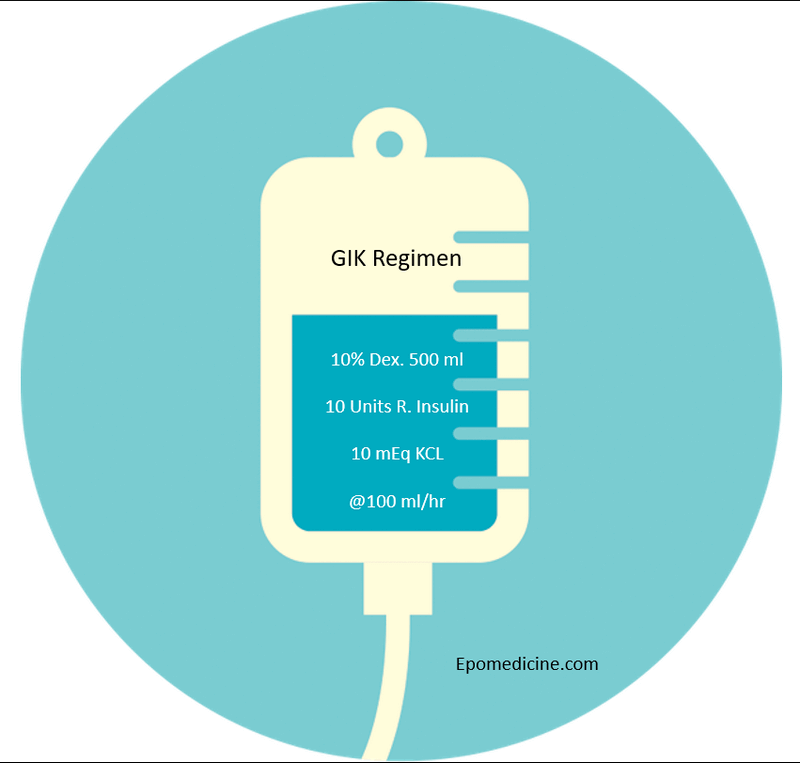
GIK Regimen – Rule of Ten
Interchangably used as: GIK or GKI regimen. GKI stands for Glucose, Potassium and Insulin. This simple and effective combined insulin delivery method has gained wide acceptance in perioperative management of diabetic patients who would require Nil Per Oral (NPO) status. Recently, this composition has also been used for management of…
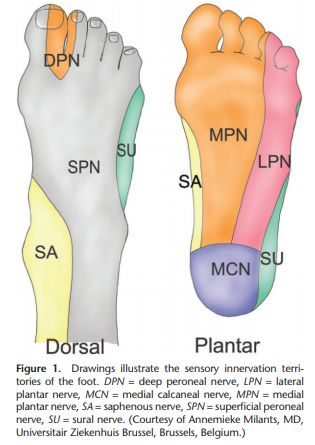
Ankle block : Nerves and Landmarks
Mnemonic: The 3 nerves starting with letter “S” are sensory only and supply superior and side aspect of foot (dorsum). 1. Superficial peroneal nerve (L4-S1): located lateral to Extensor Digitorum Longus (EDL) Supplies: dorsum of foot and toes except between the great and 2nd toe 2. Sural nerve (S1-S2): It…

Perfusion and Diffusion Limited Gas Exchange
Under resting conditions, red blood cells move through the pulmonary capillary bed in approximately 0.75 seconds (transit time), although equilibration of oxygen and carbon dioxide takes place in about 0.25 seconds. In a diffusion limited gas exchange situation, the alveolar gas is still equilibrating with the blood cell at the…

Rapid Sequence Intubation (RSI) – Mnemonic Approach
Approach the patient with 9 Ps. 0-10 minutes (Possibility of Success): Anticipating difficult airway Mnemonic: LEMON approach 1. Look externally: Remember “BONES“ Beard Obesity No teeth Elderly Sleep apnea/Snoring 2. Evaluate 3-3-2 rule: Ideal dimensions for visualization of larynx 3 fingers in mouth: adequate mouth opening 3 fingers under the…
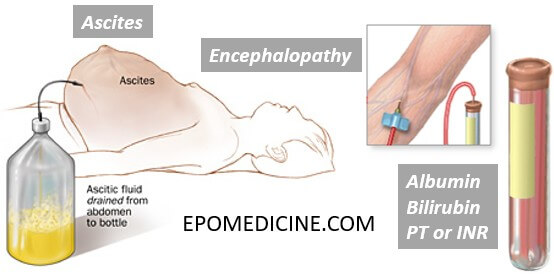
Hepatorenal syndrome (HRS) – Quick revision
New Criteria for HRS 1. Cirrhosis with ascites 2. Serum creatinine >1.5mg/dl 3. No sustained improvement in renal function after 2 days of diuretic withdrawl (if on diuretics) and volume expansion with albumin infusion at 1 gm/kg/day upto a maximum of 100 gm/day. 4. No evidence of shock 5. No…
